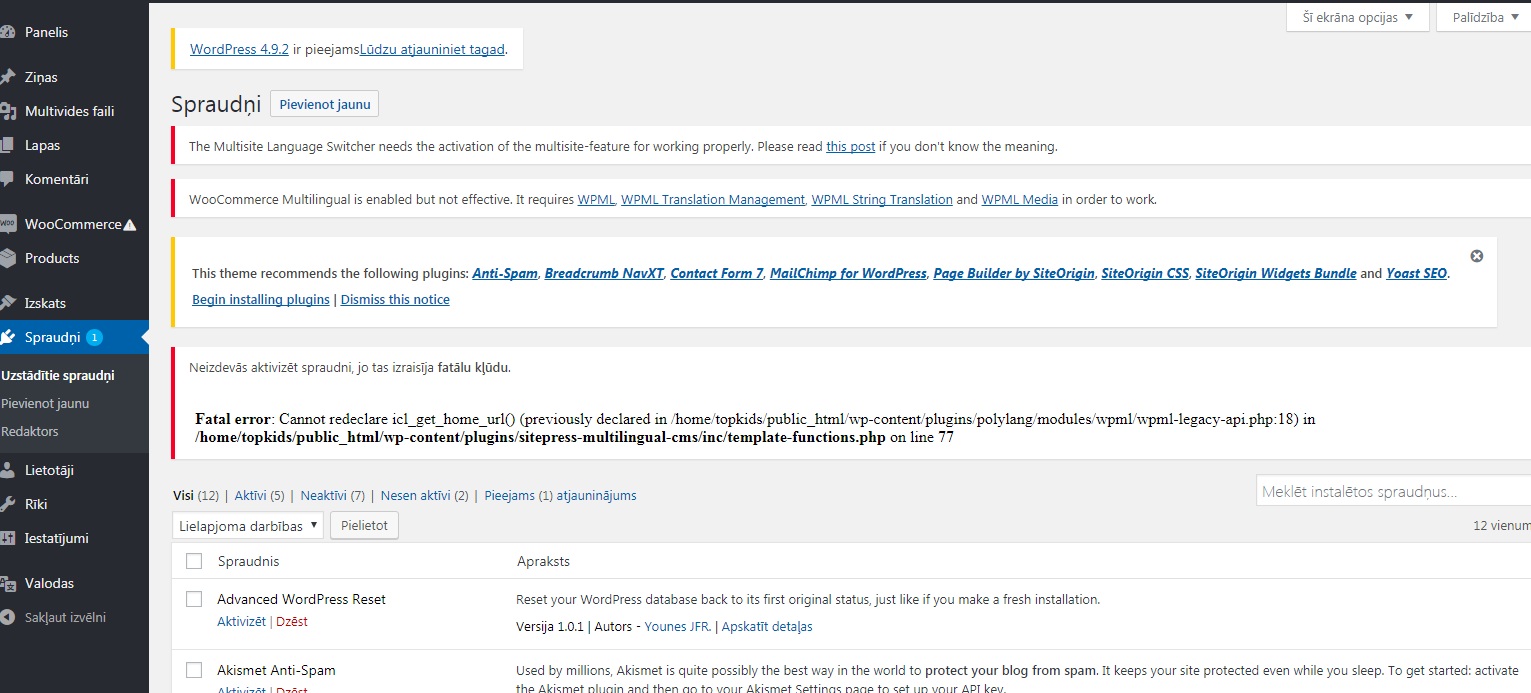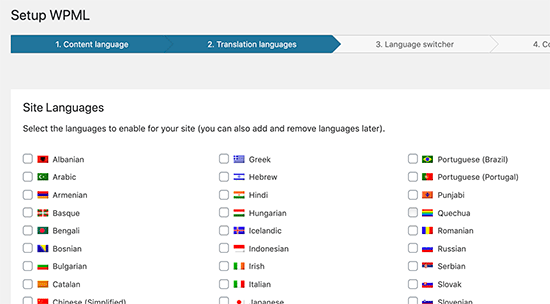

#WPML MULTILINGUAL CMS MANUAL#
the other is Polylang, which is free.īasically, both WPML and Polylang work similarly: They take the original post, let’s say the English one, and they create a duplicate post version of it, that will contain the manual translation of the original post. There are two popular multilingual plugins that I have tried to use myself and know firsthand about their value. Create A Multilingual WordPress By Using A Plugin
#WPML MULTILINGUAL CMS HOW TO#
I’ll first explain about the solutions, and then about how to go about choosing one of them over the other. That’s why I wanted to create this ultimate dummies guide (not for dummies only!) that will paint a complete picture as to how to choose the best solution to setup a multilingual WordPress site for different business needs. As if that’s not enough, switching and migrating to a different solution can be a very expensive and complicated task, that can involve weeks and even months of programming. How do you decide between these options? Choosing the wrong one can cause your site to run slow, can jeopardize your users privacy or cause many other serious problems that can influence the whole business operation. Build different WordPress installations for each language. This is not really a solution I would recommend, but some people still use it, so I decided to put it on the list.Creating a WordPress Multisite. As we will see, you need to think really hard if Multisite is the right solution, because once you choose to use it, it’s a real hassle to migrate to other solutions.This is the most common solution and is also the most recommended for most types of sites. Building one website and making it multilingual using a plugin like WPML / Polylang.

When site owners want to expand their business, so it can target different countries, audiences and languages, they find that there are 3 main solutions to choose from. According to stats, 29% of their content is written in languages other than English.

The fact is that most businesses, especially ones outside the US, needs their site to include at least two languages. There are tools you can use, built by the WP community, that makes WordPress work in two or more languages. This is why it does not support multi language out of the box. The reason for this difficulty is that WordPress was originally developed as a blogging tool, and not as a complete CMS solution. That seemed odd to me, given that building a site with WordPress is so simple. It’s so confusing to understand how to build a multilingual site using WordPress.


 0 kommentar(er)
0 kommentar(er)
